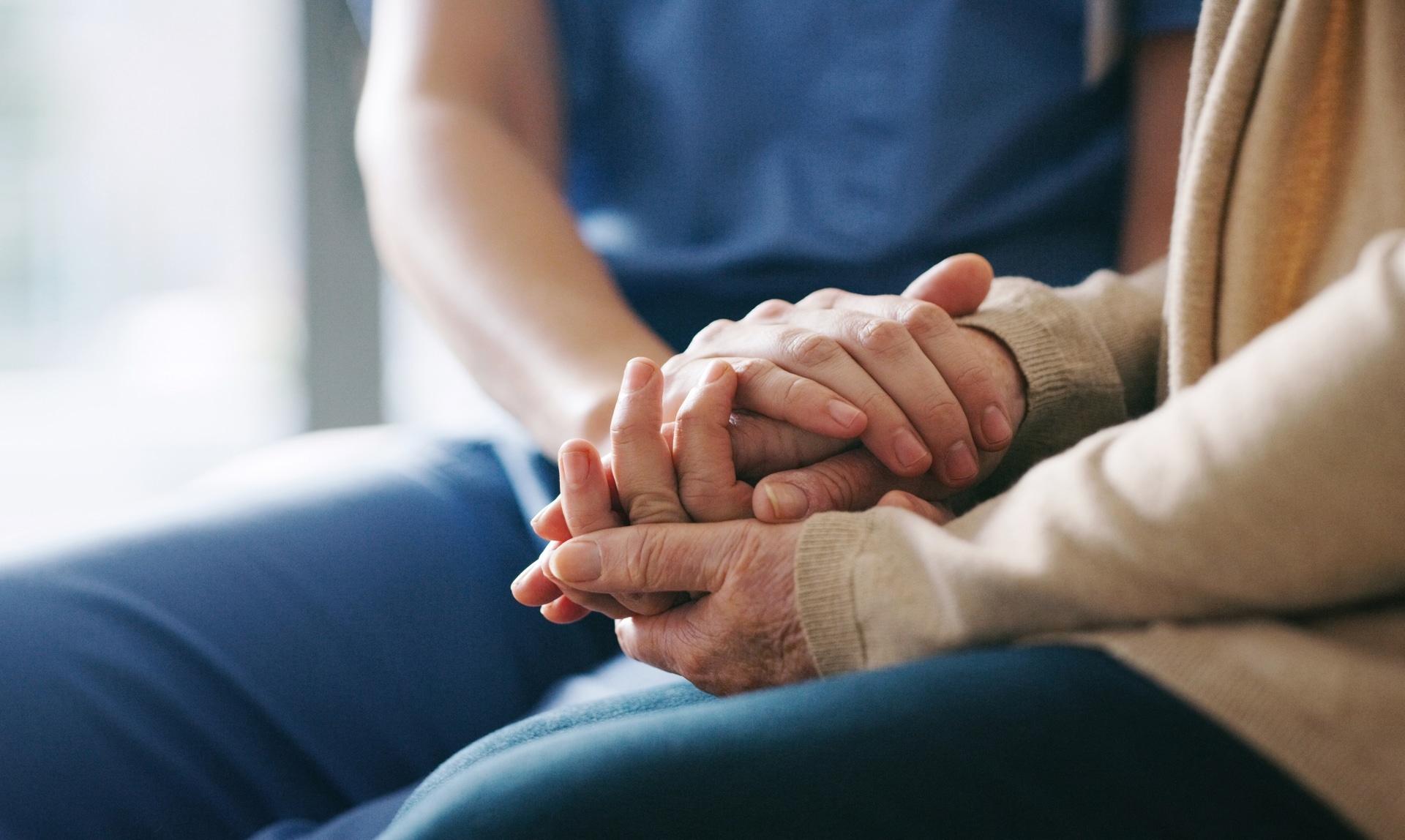Clinical trials are an important part of clinical research and are at the heart of all medical advances. They are the primary way that researchers and doctors find out if new treatments are safe and effective and can provide hope and new opportunities for patients who may have exhausted current treatments and medications.
Clinical trials help us understand if a new treatment is more effective or not compared to current standard treatment options and what the potential side effects may be. They may also look at how to improve the quality of life for patients receiving cancer treatment, helping ease the physical pain that comes with a cancer diagnosis and providing relief and comfort to patients and their families.

